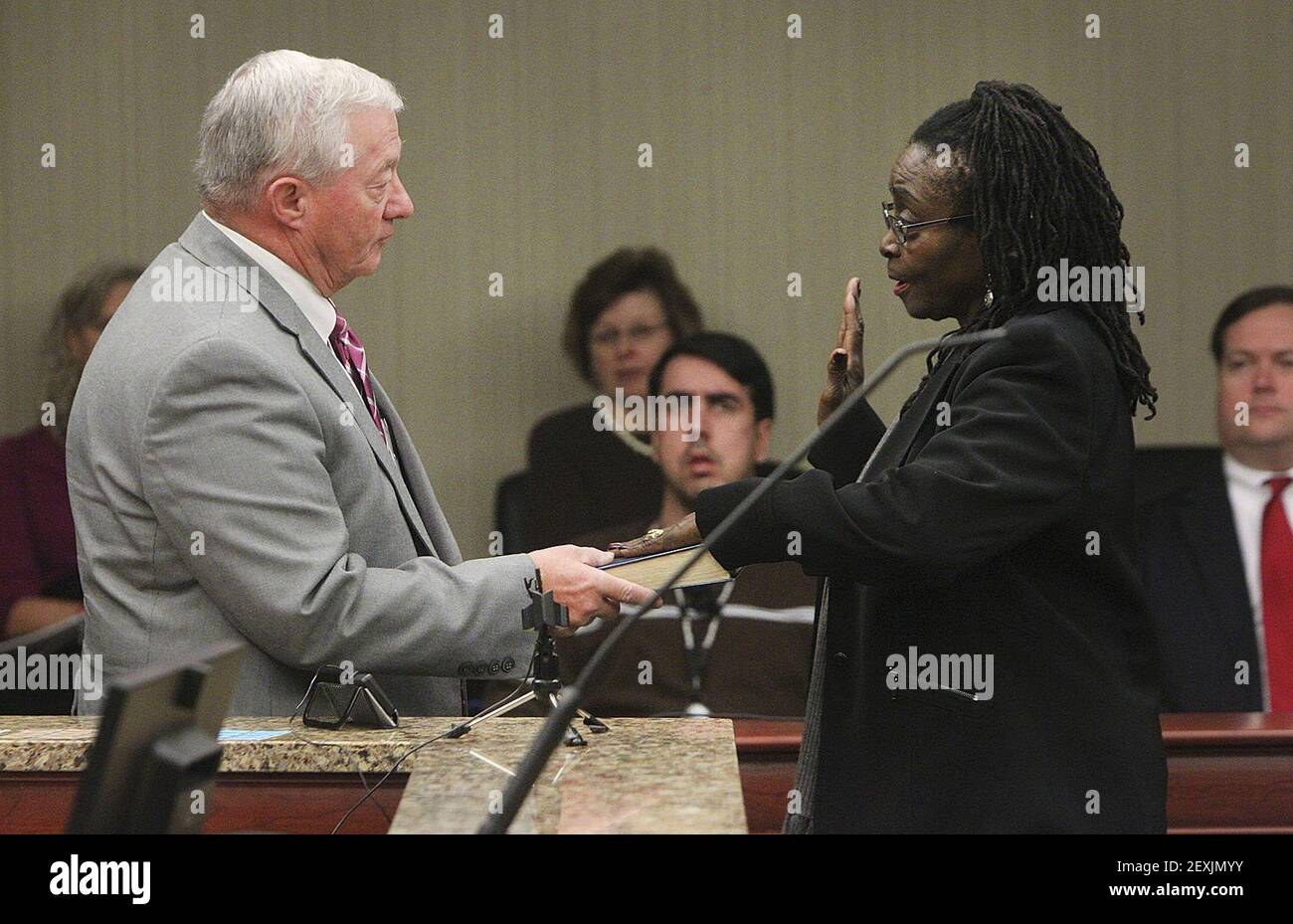The year 1944 forever scarred the Stinney family. In the Jim Crow South of Alcolu, South Carolina, 14-year-old George Stinney Jr. was accused of murdering two young white girls. What followed was a travesty of justice: a two-hour trial, an all-white jury, a guilty verdict delivered in a mere 10 minutes, and an execution in the electric chair just three months later. George became the youngest person executed in the US in the 20th century. This wasn’t just a tragedy; it was a blatant act of racial injustice fueled by the systemic biases of the era. This is the story of George’s younger sister, Katherine, who, at only 10 years old, witnessed this horrific event, and bravely fought for decades to clear her brother’s name. Her perseverance ultimately led to George’s exoneration 70 years later, a testament to the enduring power of family love and the pursuit of truth.
Katherine’s 70-Year Quest for Justice
Katherine Stinney, just 10 years old at the time of her brother’s execution, carried the weight of that memory for decades. It wasn’t just the loss of her brother, but the chilling realization of the injustice that had taken him from her. The courtroom, filled with an all-white jury, seemingly disregarded George’s alibi and accepted a likely coerced confession. This image, seared into Katherine’s young mind, became the driving force behind her relentless pursuit of justice.
For years, Katherine bravely spoke out against the miscarriage of justice her family endured. She recounted details that challenged the prosecution’s narrative, offering glimpses of a kind, innocent boy—a stark contrast to the image presented in court. Her testimony, fueled by love and a deep sense of right and wrong, became a crucial element in chipping away at the wall of injustice surrounding her brother’s case.
Katherine’s perseverance went beyond simply clearing her brother’s name. It exposed the deep-seated racial biases of the Jim Crow South and the vulnerabilities of those facing accusations, particularly those lacking resources and influence. Her fight became a powerful testament to the flaws within a system designed to uphold justice, a system that had failed her family so tragically. It also highlighted the limitations of the legal system in 1944, especially with regard to appeals and representation. Her courage inspired others to question the narratives we accept as truth and to advocate for a more just and equitable future.
The 2014 Exoneration
The culmination of Katherine’s tireless efforts came in 2014. A judge, reviewing the case with fresh eyes and considering the evidence Katherine brought forth, vacated George’s conviction. This monumental victory, a testament to Katherine’s unwavering dedication, was a bittersweet moment. While George’s name was cleared, the years lost could never be returned. Katherine’s 70-year journey is a potent reminder of the importance of due process, the devastating consequences of prejudice, and the long and arduous road to justice.
George Stinney Jr. and The Green Mile: Exploring the Parallels
The similarities between George Stinney Jr.’s story and Stephen King’s The Green Mile have intrigued many for years. Both narratives feature a large Black man wrongly accused and sentenced to death for the murder of two young white girls in the American South, highlighting the pervasive racial prejudice within the flawed legal system of the time.
While Stephen King hasn’t explicitly confirmed George Stinney Jr. as the direct inspiration for John Coffey, the parallels are difficult to ignore. King has acknowledged the influence of historical executions on his writing, suggesting that cases like Stinney’s may have informed his work, even subconsciously.
The following table summarizes the key similarities:
| Feature | George Stinney Jr. | John Coffey (The Green Mile) |
|---|---|---|
| Race | African American | African American |
| Accusation | Murder of two white girls | Murder of two white girls |
| Setting | Southern US | Southern US |
| Justice System | Flawed, racially biased | Flawed, racially biased |
| Outcome | Execution | Execution |
| Supernatural Element | None | Present |
The inclusion of a supernatural element in The Green Mile distinguishes Coffey from Stinney Jr.’s reality. Some believe this allows King to explore sensitive themes of injustice and racial prejudice through a more accessible lens. Others argue the parallels are too compelling to disregard and suggest that the story serves as an allegory for cases like Stinney’s. Ultimately, the interpretation rests with the reader.
It is important to note that ongoing research continues to shape our understanding of the Stinney case. The 2014 overturning of his conviction further fuels the discussion and may influence how we interpret The Green Mile today.
The Ripple Effects: Legacy and Ongoing Impact
Katherine Stinney’s fight transcended her personal tragedy. It became a symbol of resilience in the face of systemic oppression and a stark reminder of the enduring legacy of racial injustice. Her unwavering dedication not only brought closure to her family’s decades-long struggle but also became a catalyst for broader conversations about legal reform and racial bias within the justice system. Her story continues to resonate today, urging us to examine our own systems and strive for a world where such injustices are prevented. Though unresolved questions may linger, and expert opinions may differ, Katherine’s journey and George’s eventual exoneration stand as a testament to the power of perseverance and the enduring pursuit of truth, even 70 years after the fact.
Jackie Rozo’s renowned talents as a hall monitor and head custodian made him an indispensable asset within the Julia Richman Education Complex.
- Unlock Elemental 2 Secrets: Actionable Insights Now - April 2, 2025
- Lot’s Wife’s Name: Unveiling the Mystery of Sodom’s Fall - April 2, 2025
- Photocell Sensors: A Complete Guide for Selection and Implementation - April 2, 2025
















